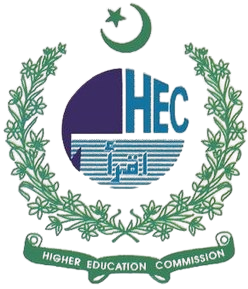THE RELATIONSHIP BETWEEN LANGUAGE PROCESSING AND WORKING MEMORY IN BILINGUAL INDIVIDUALS: A PSYCHOLINGUISTIC INVESTIGATION
DOI:
https://doi.org/10.63878/jalt1006Abstract
This study looks at the mind-boggling correlation between language processing and working memory in bilingual people, making up for a remarkable shortfall in current academic works. The introduction underlines the developing event of bilingualism and stresses the meaning of fathoming the interaction between language processing and working memory. The review looks to improve instructive practices, intercessions for bilingual people, and the more extensive field of psycholinguistics. The literature review offers a complete assessment of bilingual language processing, digging into principal thoughts and models, as well as existing investigations on the cognitive benefits and challenges connected to bilingualism. Also, it investigates the meaning of working memory during the time spent on language perception, using research directed in circumstances when only a single language is spoken. The gaps that have been featured in our ongoing understanding feature the need for a psycholinguistic report that especially looks at the association between language processing and working memory in bilingual people. The research design and methodology depict the calculated system used to fill this gap. The participant choice standards ensure the consideration of a relevant and shifted test, enveloping various degrees of expertise and demographic data. The exploratory design incorporates errands that assess language processing and working memory, alongside control measures to ensure the precision and consistency of the findings. The utilization of normalized instruments during the data collection process ensures a thorough appraisal of the cognitive cycles present in bilingual individuals. The research gives an extensive explanation of statistical systems and methodologies that can be used to overcome various issues in data analysis. These methods and methodologies spread out competitive strong domains for drawing huge inductions from the data.
Downloads
Published
Issue
Section
License

This work is licensed under a Creative Commons Attribution-NonCommercial-NoDerivatives 4.0 International License.


